10+ Years Experience
Specialist Spray Painters

Are you struggling with paint peeling off metal surfaces?
Peeled paint not only affects the aesthetic appeal of the metal but can also compromise its protective layer, leading to potential corrosion and damage. As an experienced spray painting company, we understand the nuances and challenges that come with achieving a durable, flawless finish on metal surfaces.
Through years of practice and continuous learning, we have mastered the art and science behind effective spray painting techniques that prevent peeling, flaking, and other common issues.
In this article, Our Commercial Spray Painters will share our expertise on why spray paint peels off metal surfaces and, more importantly, how to combat these problems effectively.
Spray paint peeling off metal can occur due to various factors, including inadequate surface preparation, improper application techniques, and the quality of the paint used.
Proper surface preparation is essential to ensure that the paint adheres securely to the metal surface. This involves cleaning the metal thoroughly to remove any dirt, grease, or rust that could prevent the paint from bonding effectively. Without this crucial step, the paint may simply sit on top of the metal, leading to potential peeling in the future.
Regarding application techniques, it is vital to follow the instructions provided by the manufacturer. Using the correct distance and angle while spraying the paint can make a significant difference in the final result. Rushing through the process or applying coats too thickly can also result in peeling.
Using high-quality paint and primer can significantly reduce the chances of peeling. These products are formulated to provide better adhesion and durability, creating a stronger bond with the metal surface. Investing in top-notch paint and primer may initially cost more, but it can save you from the frustration of having to redo the job due to premature peeling.
Poor surface preparation is a common reason for spray paint peeling on metal surfaces, as it hinders proper adhesion of the primer, Rust-Oleum protective enamel, and top coat sealer.
When surfaces are not adequately cleaned before painting, dust, grease, or other contaminants can interfere with the paint’s ability to bond securely.
Applying a primer creates a foundation for the paint to adhere to, enhancing durability and preventing peeling over time.
Using a quality product like Rust-Oleum protective enamel can significantly improve the longevity of the finish, providing resistance against rust and corrosion.
To ensure a flawless finish, it is crucial to seal the painted surface with a top coat sealer, which adds an extra layer of protection and enhances the overall appearance.
Using an incorrect application technique, such as applying spray paint in thick or uneven layers, can lead to peeling on metal surfaces and compromise the clarity of clear coats.
Proper spray painting techniques are crucial to achieve a professional finish and ensure the longevity of the paint job. Regarding applying spray paint, remember to always maintain a steady speed and distance from the surface for even coverage.
Thin, even coats not only provide better adhesion but also help prevent drips and runs.
Applying a clear coat after the base colour has dried completely adds an extra layer of protection and enhances the shine of the finish.
Always read and follow the manufacturer’s instructions on the spray can for optimal results. Properly prepping the surface, using the right spraying technique, and allowing sufficient drying time between coats are essential steps in achieving a flawless paint job.
Opting for low-quality paint products during a paint job can result in poor adhesion, leading to paint chips, lack of coating durability, and potential issues with polyurethane or lacquer finishes on metal.
When the paint lacks proper adhesion, it fails to bond effectively with the metal surface, causing it to peel off or chip easily, exposing the underlying material to corrosion and deterioration. This not only compromises the aesthetic appeal of the surface but also leaves it vulnerable to environmental damage.
Substandard coatings may have uneven coverage, leading to areas with thinner or thicker layers. Inconsistent coating thickness can result in an unprofessional finish, making it challenging to achieve a smooth and polished look for metal surfaces.
When low-quality paint fails to adhere correctly, subsequent layers of protective finishes like polyurethane or lacquer may not adhere properly either, diminishing their effectiveness in safeguarding the metal underneath.
Metal surfaces exposed to harsh weather conditions such as extreme temperatures, moisture, and ageing may experience paint peeling unless adequately protected with a clear coat or wax sealant.
Surface temperature plays a crucial role in the adhesion of paint to metal. When subjected to extreme heat or cold, metal expands and contracts, causing stress on the paint layer, leading to eventual peeling. Similarly, moisture levels can seep into the substrate, weakening the bond between the paint and metal surface. Over time, the natural ageing process of metal substrates can result in corrosion and rust, further accelerating paint deterioration.
Protective clear coats act as a barrier, shielding the metal finish from environmental elements and preventing direct contact with damaging factors. Meanwhile, wax sealants provide an additional layer of protection by enhancing water resistance and UV ray deflection, extending the lifespan of the paint job.
Chemical or environmental damage, including rust formation, surface contamination, or gloss degradation, can lead to paint peeling on metal surfaces, necessitating interventions like using automotive rubbing compounds or adjusting surface profiles.
When chemical exposure occurs, it can disrupt the bond between the paint and the metal substrate, weakening adhesion over time. Rust formation exacerbates this issue, as the corrosion process creates a rough surface that inhibits proper paint adherence. Surface contamination, such as oils or debris, can act as barriers, preventing the paint from properly adhering to the metal surface.
To combat these challenges, utilising automotive rubbing compounds can help remove contaminants and create a smoother surface for better paint adhesion. Altering surface profiles, through methods like sanding or priming, can also enhance the bond between the paint and the metal substrate. Restoring gloss levels not only improves the aesthetic appeal but also indicates the health of the paint adhesion, as dull surfaces may signify weakening adherence.
Our Commercial Spray Painters can address paint peeling issues on metal surfaces by providing expert solutions, including proper surface preparation, high-quality paint application, and specialised protective coating services.
Surface preparation is key to ensuring the longevity of the paint job. This process involves thorough cleaning, sanding, and priming to create a smooth canvas for the paint to adhere to.
Regarding the application of premium paint, professional spray painters utilise precision equipment to achieve a flawless finish that not only enhances the aesthetic appeal but also provides durable protection against environmental elements.
The incorporation of protective coatings adds an extra layer of defence, safeguarding the painted surface from moisture, UV rays, and corrosion, thereby extending the lifespan of the metal structure.
Commercial spray painting companies excel in proper surface preparation techniques, ensuring that metal surfaces are free from moisture, contaminants, and imperfections that can compromise coating adhesion.
One crucial step in surface preparation is moisture control. Companies typically use specialised equipment to measure and regulate the moisture content of the metal surface. This is vital as excessive moisture can lead to paint adhesion issues and premature coating failure.
Before applying any coating, a thorough assessment is conducted to evaluate the surface condition. Through coating assessment, professionals can determine any existing imperfections that need to be rectified before proceeding.
Employing high-quality paint products is a hallmark of commercial spray painting companies, ensuring superior adhesion, durability, and a flawless finish for every paint job on metal surfaces.
Using premium coatings not only leads to excellent adhesion of the paint to the metal surface but also significantly enhances the longevity of the coating, ensuring that the paint job withstands wear and tear for an extended period.
Quality paints like polyurethane and lacquer are known for their ability to provide robust protective finishes, shielding the metal surface from corrosion, UV damage, and other external factors that can degrade the appearance and integrity of the paint job.
Commercial spray painting companies employ professional application techniques, including the precise use of clear epoxy resins, adherence to application instructions, and the utilisation of advanced tools like brush-on paint containers for optimal results.
Professionals in the field must follow the guidelines laid out by epoxy resin manufacturers to ensure a flawless finish. The use of specialised spray equipment enables a smooth and even application, enhancing the durability and aesthetic appeal of the final product. Brush-on paint containers offer a targeted approach, allowing for intricate detailing and precise colouring.
These innovative tools have revolutionised the painting industry and set a high standard for commercial and industrial painting services.
Commercial spray painting companies offer protective coating services that encompass the application of durable clear coats, wax sealants, and valuable painting tips to enhance the longevity and resilience of metal finishes.
Applying a clear coat serves as an effective way to protect metal surfaces from corrosion, UV rays, and other environmental factors. These coatings act as a barrier, preventing moisture and oxygen from reaching the metal and causing rust or degradation. The use of wax sealants provides an additional layer of protection, offering resistance to dirt, grime, and water, thereby extending the life of the metal finish.
Expert painting tips, such as ensuring proper surface preparation, applying coatings in controlled environments, and conducting regular inspections, are essential to maintain the integrity of metal surfaces. By following these guidelines, businesses can safeguard their investments in metal structures and equipment, ensuring long-lasting durability and aesthetic appeal.
Along with painting expertise, commercial spray painting companies offer comprehensive inspection and maintenance services, including buffing, fine grit sandpaper treatments, and touch-up pen applications to address any paint peeling issues promptly.
These services are crucial in ensuring the longevity and quality of your painted surfaces. Proper inspection can identify early signs of wear and tear, allowing for timely intervention before more extensive damage occurs. Through techniques like buffing and fine grit sandpaper treatments, imperfections in the paint can be smoothed out, restoring the surface to its original state.
Touch-up pen applications are a convenient solution for minor damages, providing a seamless finish and preventing further deterioration.
Dealing with existing paint peeling on metal surfaces requires strategic solutions like sanding and repainting, chemical stripping followed by clear coat applications, or utilising sandblasting techniques for effective restoration.
Each method has its advantages and is suitable for different levels of paint damage.
Depending on the extent of damage and desired outcome, choosing the right method is crucial for achieving long-lasting results.
Sanding and repainting damaged metal surfaces involve meticulous surface preparation, primer application to prevent paint chips, and the use of high-quality polyurethane for a durable and protective finish.
Surface preparation is key in ensuring the new paint adheres properly. This involves removing any existing paint, rust, or debris by sanding, wire brushing, or using chemical strippers. A smooth surface is crucial for a flawless finish.
After preparing the surface, applying a primer specifically formulated for metal is essential. The primer helps the paint bond seamlessly and provides added protection against corrosion.
Regarding selecting a polyurethane coating, opt for one that offers UV protection and is resistant to chemicals and abrasions to ensure longevity and durability on metal surfaces.
Chemical stripping followed by a robust repainting process can effectively remove old coatings, address adhesion problems, restore paint integrity, and enhance protective attributes with polyurethane finishes on metal surfaces.
One of the key advantages of utilising chemical stripping is its ability to efficiently eliminate multiple layers of old paint and coatings, ensuring a clean surface for the repainting process. This method not only tackles visible paint peeling issues but also effectively resolves underlying adhesion problems that may compromise the longevity of the new paint.
By thoroughly removing the existing coatings, the surface is primed for a fresh application of protective polyurethane, which provides a durable finish that can withstand harsh weather conditions, chemical exposure, and abrasion. The use of polyurethane coatings not only enhances the aesthetic appeal of the metal surface but also significantly improves its resistance to corrosion and UV damage, prolonging the lifespan of the paint job.
Shotblasting combined with a meticulous repainting process is a viable solution for restoring peeling paint on metal surfaces, removing surface contamination, adjusting surface profiles, and restoring gloss levels for a pristine finish.
Through the powerful abrasive action of shotblasting, layers of old, chipped paint and rust are effectively stripped away, revealing a clean surface ready for refinishing. This process not only eliminates visible imperfections but also addresses underlying issues like corrosion, providing a durable foundation for the new coating to adhere to.
Applying the fresh coat of paint after shotblasting also allows for better adhesion and a smoother finish, ensuring enhanced longevity and resistance to future damage.
There are several factors that can contribute to spray paint peeling off metal, such as improper surface preparation, use of low-quality paint, exposure to harsh weather conditions, and physical damage or scratches.
We are a commercial spray painting company that specialises in fixing and preventing spray paint peeling off metal.
Our team has the expertise and resources to address any paint peeling problems you may have.
When the metal surface is not cleaned, sanded, or primed properly, the paint may not adhere properly and can eventually peel off.
This is why proper surface preparation is crucial for a long-lasting spray paint finish on metal.
It is important to use high-quality, specifically formulated spray paint for metal surfaces to avoid peeling.
Our company uses premium paint products that are designed to adhere to metal and provide a durable finish.
Extreme temperatures, moisture, and UV rays can all contribute to the peeling of spray paint on metal surfaces.
Our team can provide solutions to protect your metal surfaces from these elements and prevent paint peeling.
To prevent scratches or other physical damage from causing spray paint to peel off metal, we recommend using a clear coat or protective sealant on top of the paint.
This will add an extra layer of protection and prolong the life of your spray paint finish.
There are a range of other services that we can provide. Have a look at the list below for more information:

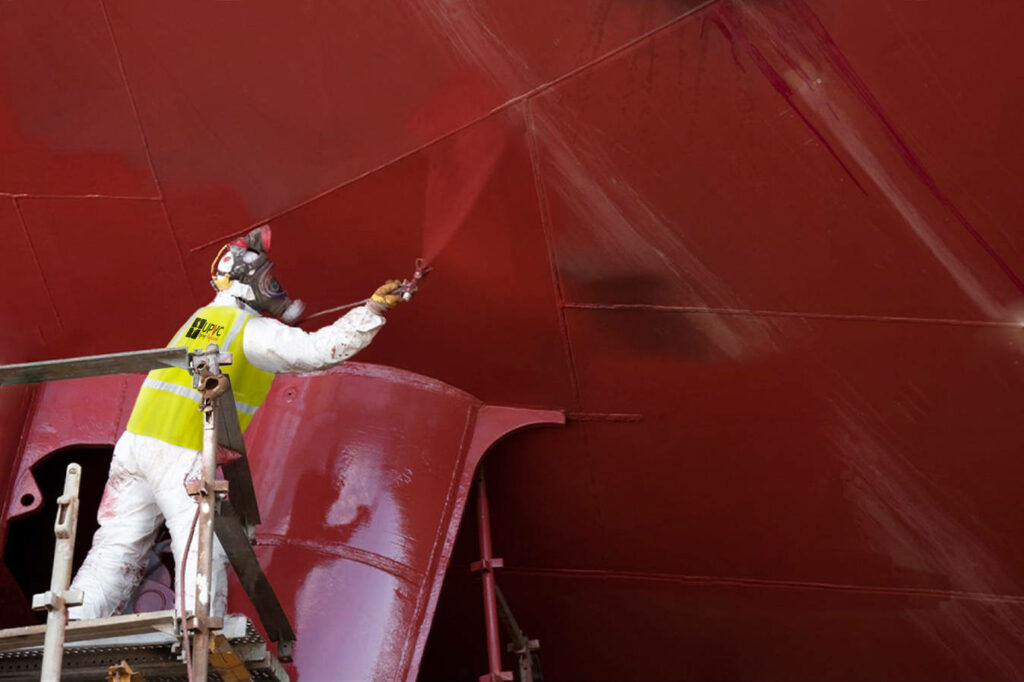
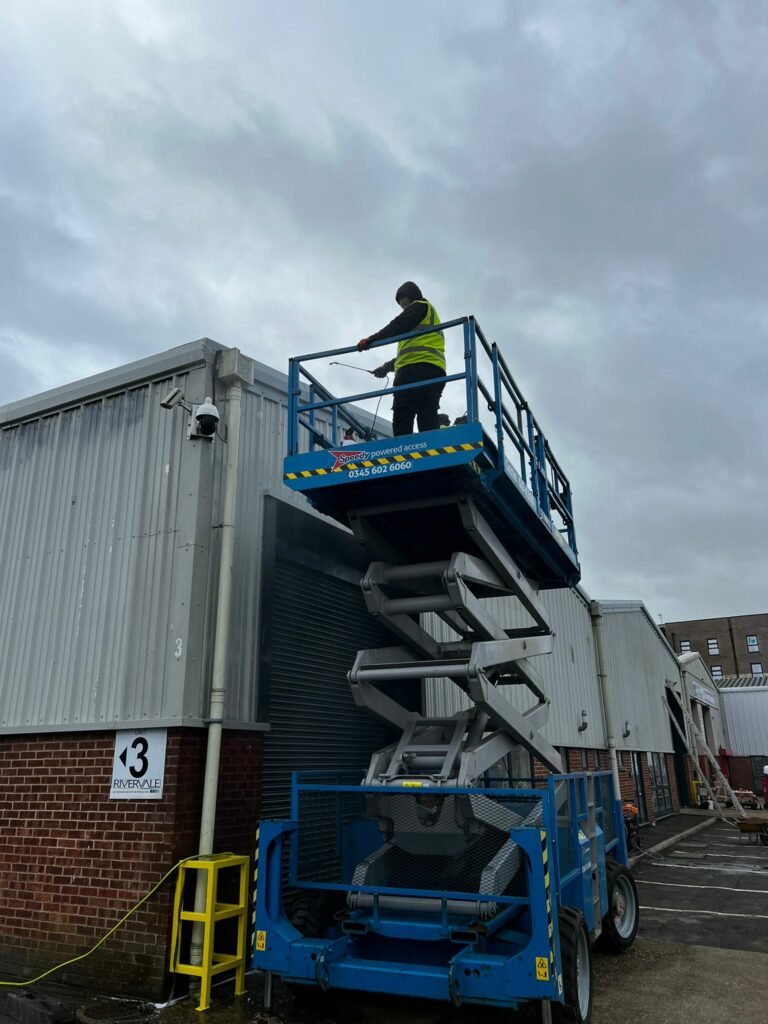
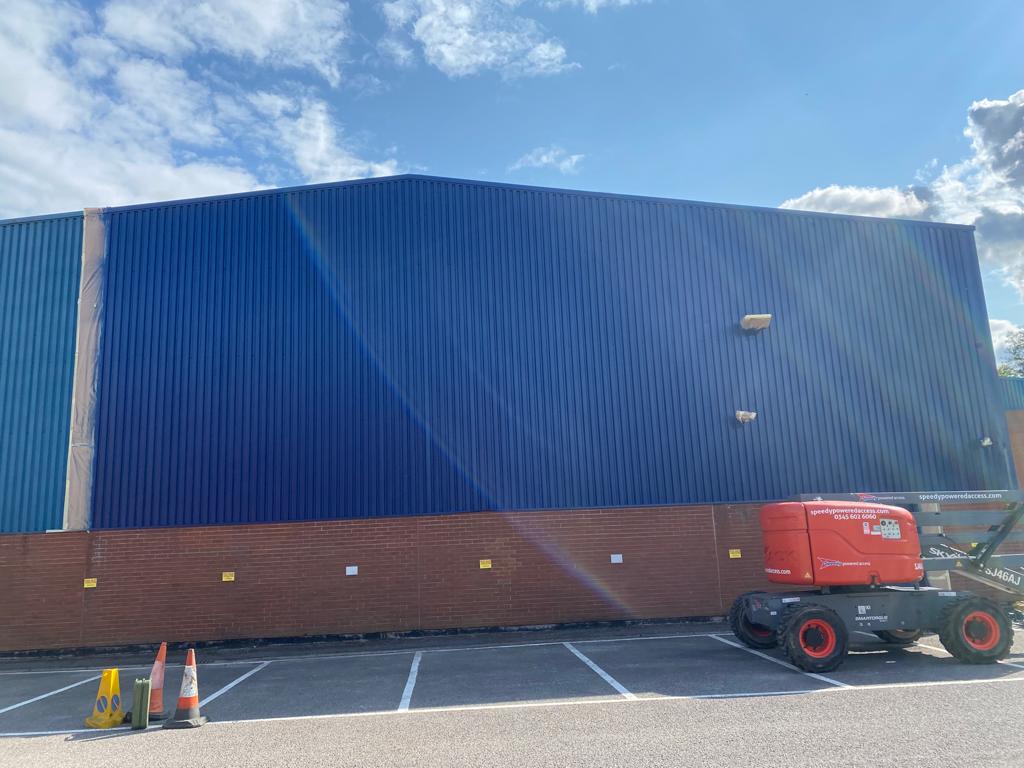
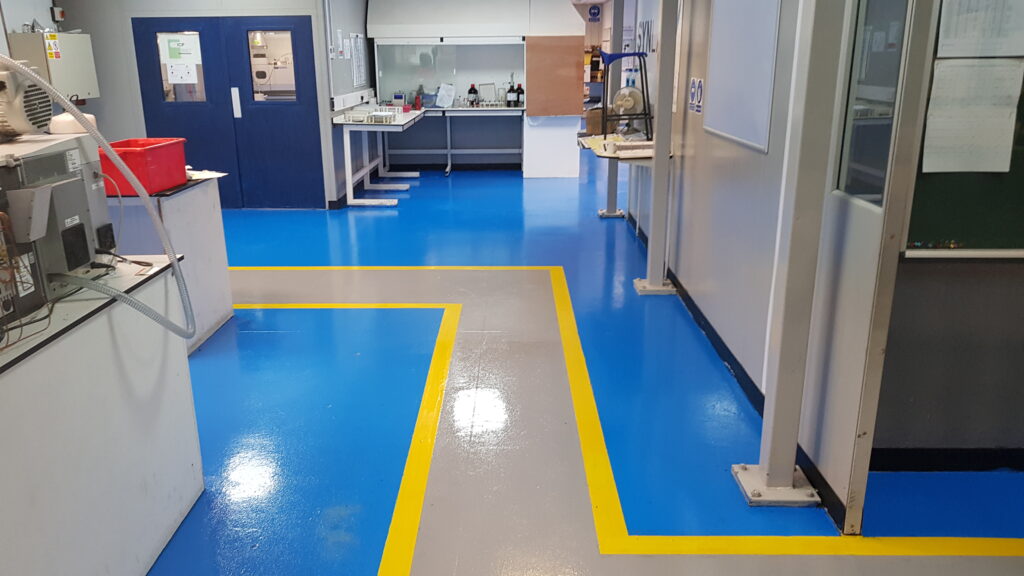
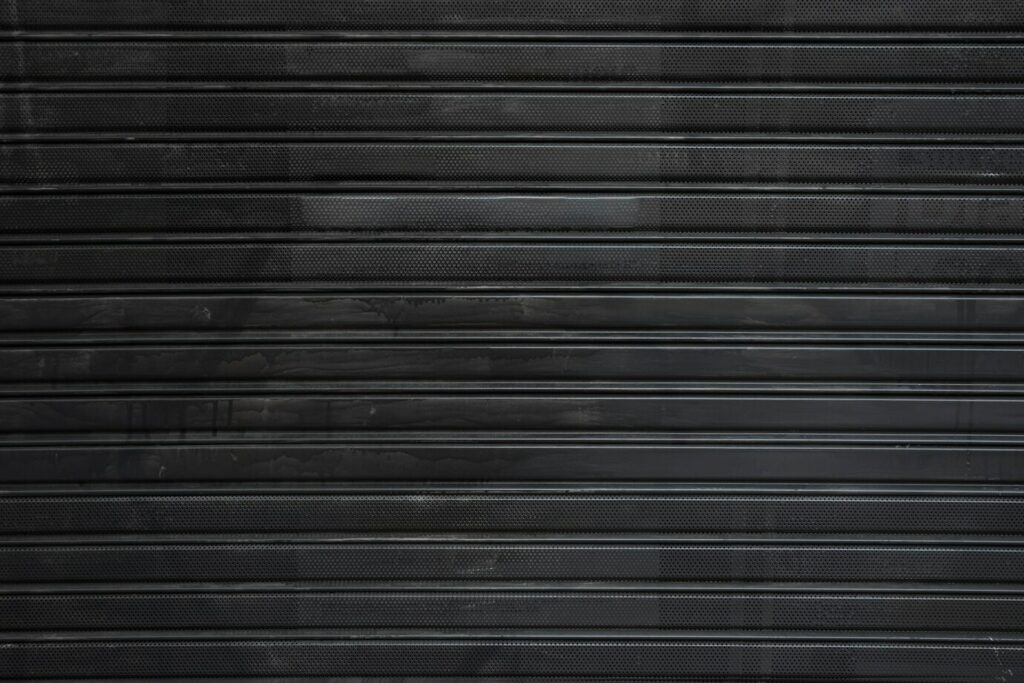

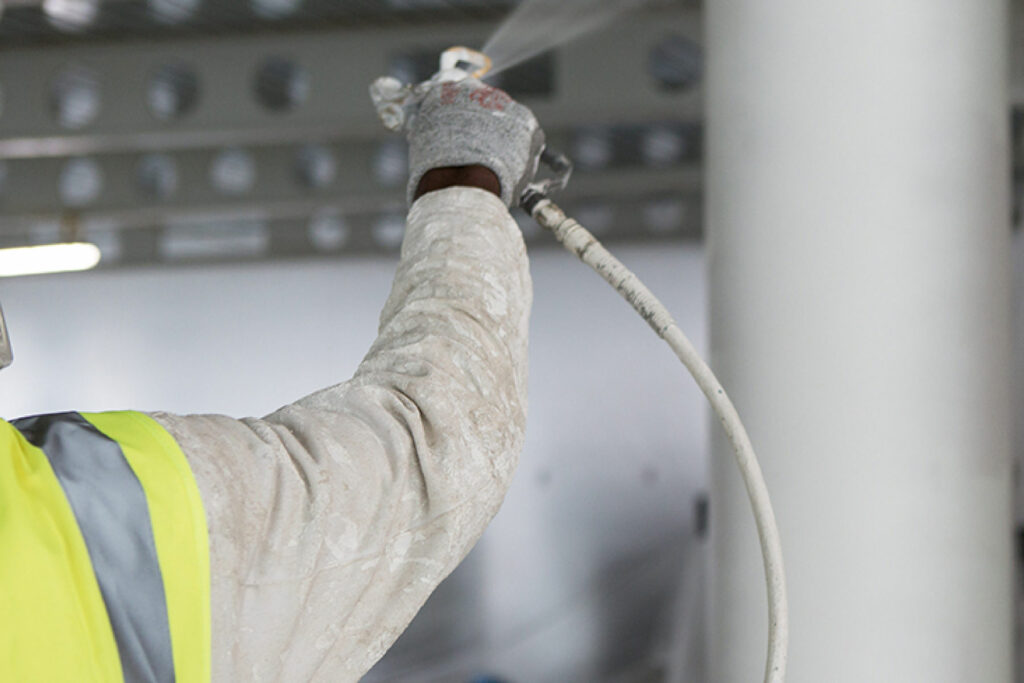
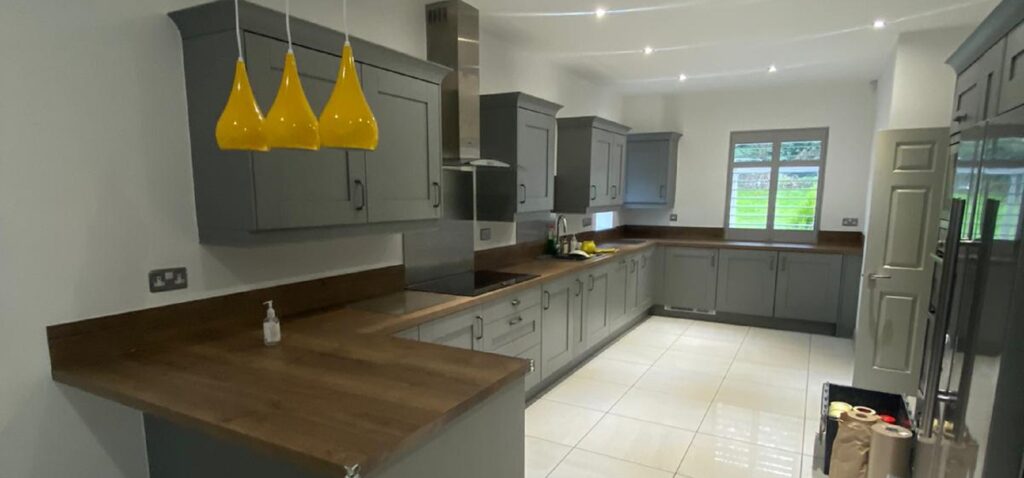


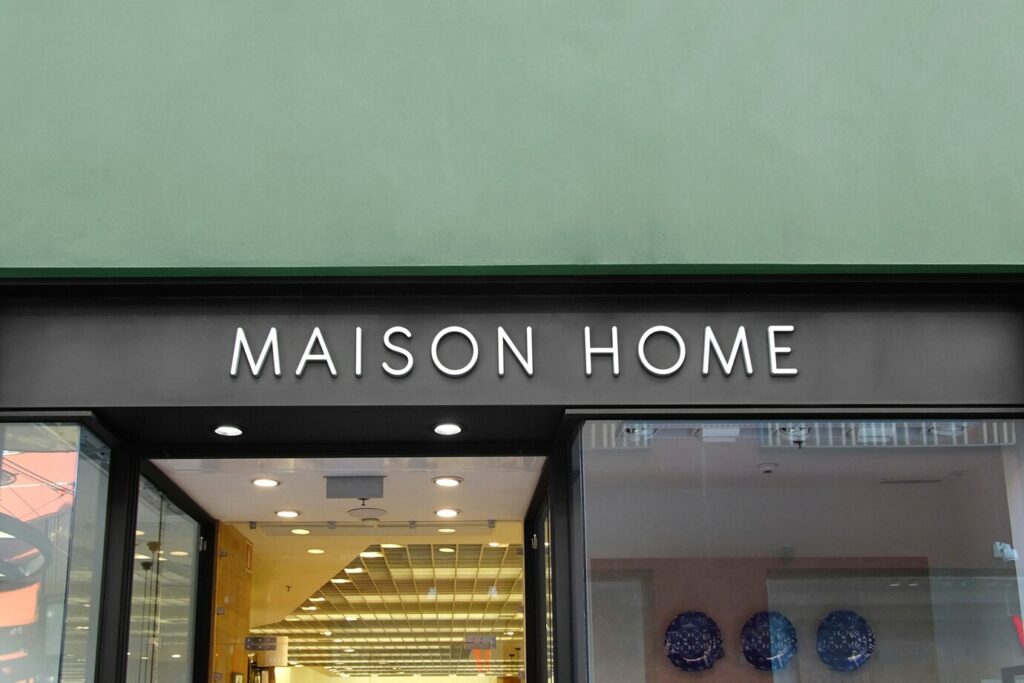

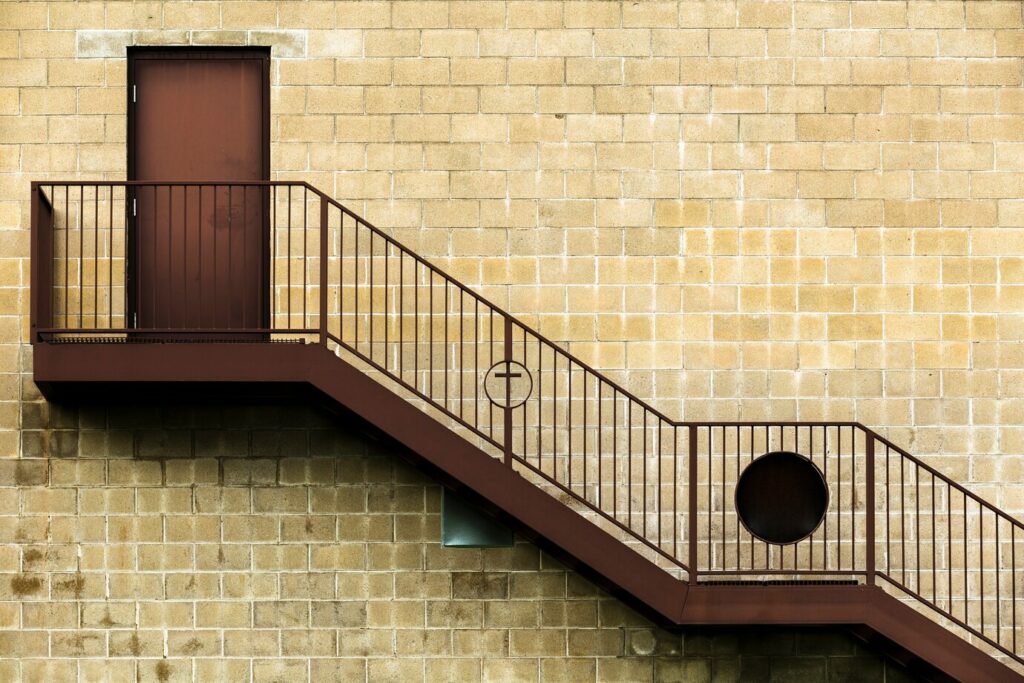
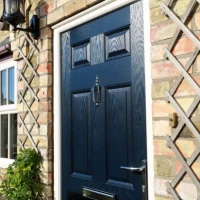
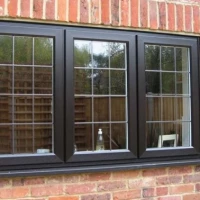
We Aim To Reply To All Enquiries With-in 24-Hours